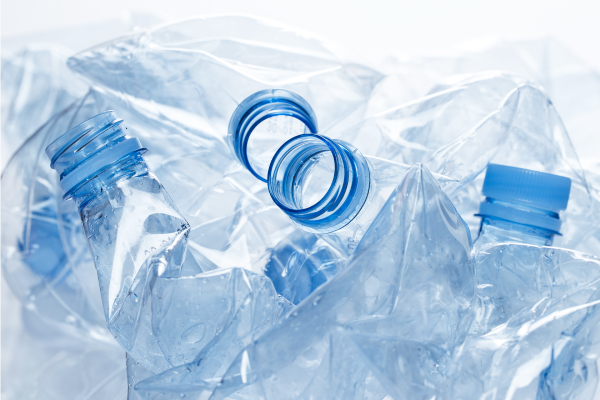PET recycling presents a problem that is not so known in the plastics industry. It is one of the most widely used materials in the packaging industry, followed by HDPE and polypropylene. PET is used in a large number of products such as water bottles, soft drinks, and another packaging for certain markets.
There is indeed a very big bet on PET recycling because of the large volume it occupies and because there is a serious contamination problem that is overtaking society worldwide; however, there is an issue that is rarely addressed and that is the humidity present during the PET recycling process, which has to do directly with the chemical structure of this raw material.
Weakness in PET recycling
This resin has the great disadvantage of absorbing a percentage of humidity, which comes from the environmental conditions where it is found or from the process. This is because there is an ester group (CO-O) that is part of the chemical structure of PET, which causes it to present a hydrolysis reaction, which is when a water molecule breaks one of the bonds.
In general, the humidity in PET is 0.3 to 0.5%, the humidity is mainly located in the interior, so a drying control is needed, that is to say, the airflow, speed, and temperature are very important, so its recycling is not easy. Temperatures ranging from 120 to 160 °C for up to 6 hours are required.
How does moisture affect PET?
When a water molecule (H2O) breaks the chain of this polymer, generally during the temperature rise in the PET recycling process to achieve its melting, it causes the physical, chemical and mechanical properties to be modified and manifests itself in a degradation of the material.
Although the PET that has been recycled goes through a drying process, the recovery of these properties is not possible, what is recommended is that before going through the process, it is mixed with virgin material, antioxidants, and stabilizers that inhibit hydrolysis to avoid the loss of viscosity of the material and maintain the characteristic crystallinity of this polymer. In this way, we can have new recycled resin products with characteristics similar to those of virgin resin.

